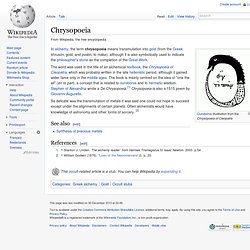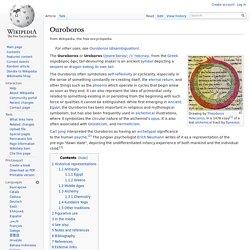

“Icons of Grief: Val Lewton’s Home Front Pictures” by Alexander. In Bedlam (Mark Robson, 1946), Val Lewton’s last production for RKO-Radio Pictures, there is a justly famous sequence in which a young boy – his body slathered in pure gold – must recite a speech for the aristocratic revellers of London’s Vauxhall Gardens.
The Gilded Boy (Glenn Vernon) is an inmate of the local insane asylum, run by the cruel Master Sims (Boris Karloff), who has been beaten and trumped out for the amusement of the banqueters. In a brief close-up, his face visibly contorts as his throat convulses with the sheer bodily effort of speech. Sweating gold, he struggles to pronounce the rehearsed words trapped beneath his metallic veneer: “To this pretty world…pretty world”. His speech is eventually cut short when he collapses, dying, his skin having been asphyxiated by the gold paint.
Goldfinger Actress Death. Claim: The actress who portrayed Jill Masterson in the James Bond film Goldfinger died from asphyxiation after being covered with gold paint.

Origins: In Goldfinger, after secretary Jill Masterson betrays her criminal boss, the evil Auric Goldfinger, he kills her in style by painting her entire body gold: As James Bond explains after he find Masterson's body, covering a person with paint will cause death because the body "breathes" through the skin. He then goes on to state that professional dancers know to leave a small patch of unpainted skin at the base of the spine to prevent their falling victim to asphyxiation. Although it was still widely believed at the time Goldfinger was made (1964) that we "breathe" through our skin and that closing off all the pores in one's body would result in a quick death, we now know this to be false. Monoatomisch goud. - Maroc.NL. Gilded, Naked Paris Hilton Hawks Bubbly-In-A-Can. Virtual Tour of Frank Albo's Manitoba Legislative Building.
AT&T's golden age may be past, but Golden Boy remains - Network. Network World - The year was 2002, and the setting was AT&T's corporate headquarters in Bedminster, N.J. On what one executive described as being a beautiful day for a ceremony, outgoing CEO C. Michael Armstrong and then CEO-designate Dave Dorman gave speeches and dozens of employees and dignitaries turned out to pay their respects. "It was a very meaningful day," recounts Steve Brazzell, vice president of corporate services at AT&T. All for a 40-ton statue called Golden Boy. Today, as the carrier reshapes itself in the face of brutal competition - it recently shook up the industry by announcing plans to stop competing for consumer business - AT&T veterans are clinging ever more tightly to symbols such as Golden Boy that recall a golden age of telecom.
Not that Golden Boy, which is officially known as The Spirit of Communications, hasn't undergone its share of changes during nearly 90 years with AT&T. Artist Evelyn Beatrice Longman sculpted the statue in 1916. Chrysopoeia. Ouroboros illustration from the Chrysopoeia of Cleopatra The word was used in the title of an alchemical textbook, the Chrysopoeia of Cleopatra, which was probably written in the late hellenistic period, although it gained wider fame only in the middle ages.

The book is mainly centred on the idea of "one the all" (en to pan), a concept that is related to ouroboros and to hermetic wisdom. Stephen of Alexandria wrote a De Chrysopoeia.[1] Chrysopoeia is also a 1515 poem by Giovanni Augurello. So delicate was the transmutation of metals it was said one could not hope to succeed except under the alignments of certain planets. Often alchemists would have knowledge of astronomy and other forms of sorcery. [2] See also[edit] Synthesis of precious metals References[edit] Ouroboros. Historical representations[edit] Antiquity[edit] In ancient Egypt, the scarab (or dung beetle) was viewed as a sign of eternal renewal and reemergence of life, a reminder of the life to come.

(See also "Atum" and "Ma'at. ") The ancient Mayans and Aztecs also took a cyclical view of time. In ancient Greece, the concept of eternal return was connected with Empedocles, Zeno of Citium, and most notably in Stoicism (see ekpyrosis). TURNING EVERYTHING INTO GOLD. Borges1.pdf (application/pdf Objeto)